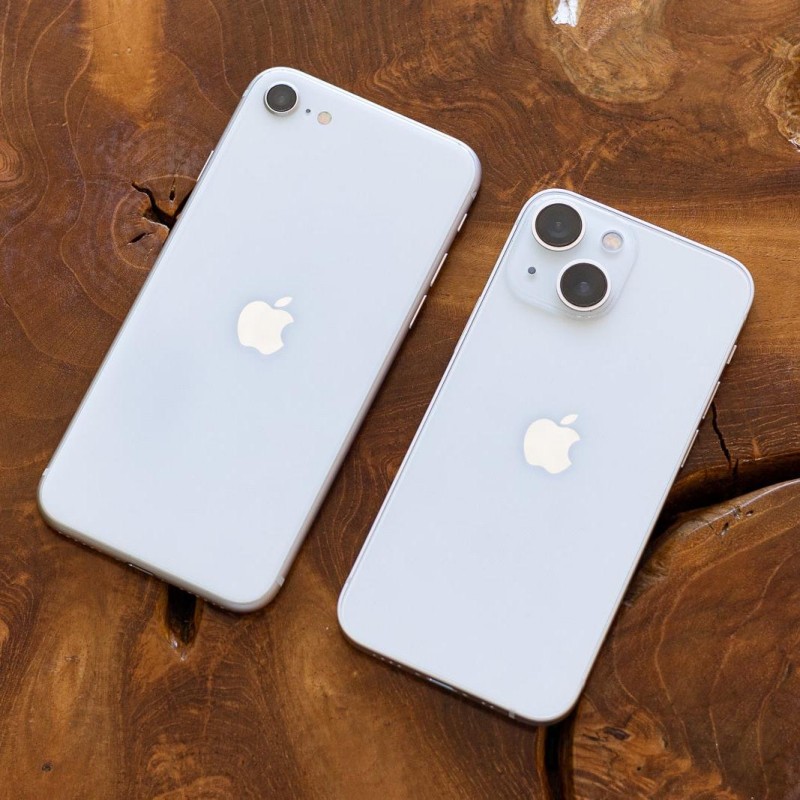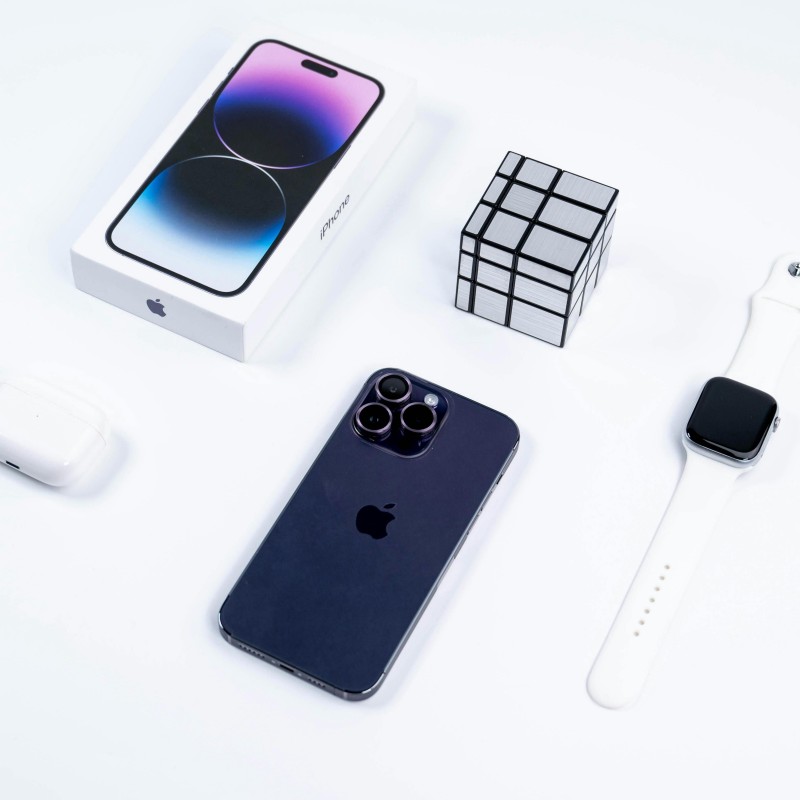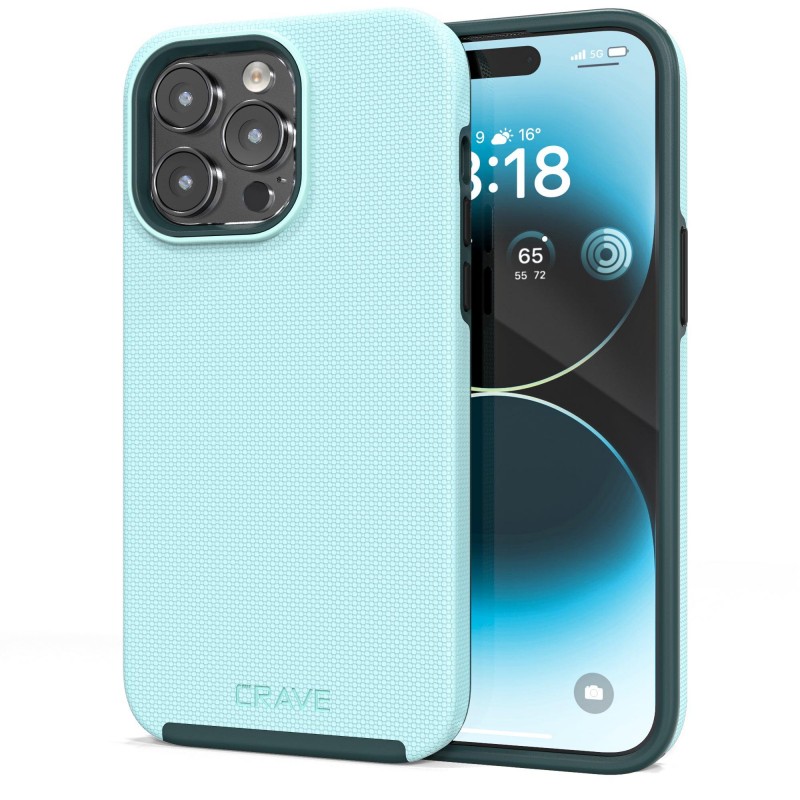In today’s digital age, photography has become more accessible than ever, thanks to the powerful cameras integrated into our smartphones. However, to truly unlock your mobile photography potential, smartphone lens kits for photography can be a game changer. These specialized lens attachments are designed to provide additional features or improve existing functionalities on your smartphone camera. From wide-angle and macro lenses to fisheye lenses, these kits can help you capture breathtaking landscapes, intricate close-ups, and artistic shots that would otherwise be challenging with just the built-in lens. In this comprehensive guide, we will explore the various types of smartphone lens kits, their benefits, and how to use them effectively. Additionally, we will discuss tips for selecting the best kits and techniques to further enhance your photographic journey.
Understanding Smartphone Lens Kits
Before diving into the specifics of smartphone lens kits for photography, it’s essential to understand what they actually are and how they enhance your mobile photography.
What Are Smartphone Lens Kits?
Smartphone lens kits are accessories that attach to your smartphone’s camera. They are designed to expand the capabilities of the existing camera, allowing photographers to explore different styles and techniques without needing a professional camera setup.
- Types of Lenses: These kits usually feature a combination of different lenses. The most popular ones include wide-angle, macro, telephoto, and fisheye lenses.
- Attachment Mechanisms: Most lens kits use clip-on mechanisms or case designs that securely attach to your smartphone for convenience and stability.
Benefits of Using Smartphone Lens Kits
There are several advantages to incorporating smartphone lens kits into your photography arsenal.
- Portability: Smartphone lens kits are compact and lightweight, making them easy to carry around. This is especially beneficial for travel photographers or casual shooters.
- Affordable Alternatives: Compared to traditional camera lenses, these kits are relatively inexpensive, allowing enthusiasts to experiment with different photography styles without breaking the bank.
- Creative Flexibility: With the ability to switch between various lenses, photographers can easily adapt to different shooting scenarios, from capturing sweeping landscapes to isolating intricate details in close-up shots.
Types of Smartphone Lenses
There are various types of lenses available in smartphone lens kits, each serving a unique purpose. Understanding these lenses helps you determine which kit best suits your photography needs.
Wide-Angle Lenses
Wide-angle lenses are designed to capture a broader field of view than standard smartphone lenses.
- Use Cases: They are perfect for landscape photography, group photos, and architectural shots, where you want to include more of the scene within the frame.
- Field of View: Typically, wide-angle lenses have a focal length below 24mm, which significantly expands your perspective.
Macro Lenses
Macro lenses allow you to take extreme close-up photographs of small subjects.
- Use Cases: These lenses are ideal for capturing the intricate details of flowers, insects, or textures, revealing beauty that isn’t visible to the naked eye.
- Focusing Distance: High-quality macro lenses can focus at a distance of just a few centimeters, enabling stunning detail.
Telephoto Lenses
Telephoto lenses enable you to zoom in on distant subjects without sacrificing image quality.
- Use Cases: These are great for wildlife photography, sports events, or any situation where you need to capture subjects from afar.
- Magnification: Telephoto lenses typically have a focal length greater than 50mm, allowing you to compress the background and create a pleasing bokeh effect.
Fisheye Lenses
Fisheye lenses provide a unique, spherical perspective, creating a dramatic distortion of the image.
- Use Cases: They are suitable for artistic shots, creative portraits, and capturing expansive landscapes where you want to exaggerate space and depth.
- Field of View: Fisheye lenses can capture around 180 degrees of the scene, resulting in unique, often whimsical photographs.
How to Choose the Right Smartphone Lens Kit
Selecting the ideal smartphone lens kit is crucial to achieving the desired photographic results. Here are a few key factors to consider when making your choice.
Compatibility with Your Smartphone
When choosing a lens kit, ensure compatibility with your smartphone model.
- Attachment Types: Some kits utilize clips that fit over the existing lens, while others come with cases designed specifically for certain smartphone brands.
- Camera Orientation: Check whether the lens aligns perfectly with the smartphone’s cameras, especially with devices featuring multiple lenses.
Quality of the Lenses
Lenses can vary significantly in quality, affecting image clarity, color accuracy, and distortion.
- Optical Glass: Look for kits that use high-quality optical glass instead of plastic, as glass provides better image quality.
- Multi-Coating: Lenses with multi-layer coatings help reduce glare and lens flare, improving overall photographic results.
Included Accessories
Many smartphone lens kits come with additional accessories that enhance usability.
- Cleaning Cloth: A microfiber cleaning cloth is essential for keeping your lenses free of dust and fingerprints.
- Lens Caps: Caps help protect the lenses when not in use, ensuring longevity and clarity.
- Carrying Case: A durable carrying case can help organize and protect your lenses while on the go.
Tips for Using Smartphone Lens Kits
Once you’ve selected a smartphone lens kit for photography, utilizing it effectively can enhance your shooting experience. Here are some valuable tips to maximize your results.
Understand the Lens Characteristics
Each lens has unique characteristics that affect how you should shoot.
- Focal Length Awareness: Familiarize yourself with the focal length and field of view of each lens. For example, using a macro lens requires you to focus closely, while a wide-angle lens will allow for greater distance.
- Distortion Management: Certain lenses may introduce distortion. Be mindful of the edges of your frame, especially when using wide-angle or fisheye lenses.
Stabilize Your Shots
To achieve crisp and clear images, stabilization is key.
- Use Tripods: Consider using small tripods or handheld stabilizers designed for smartphones, especially in low light or when using longer focal lengths.
- Tighten Grip: When shooting handheld, maintain a firm grip on your smartphone and keep your elbows close to your body for increased stability.
Experiment with Angles and Perspectives
Smartphone lens kits offer the freedom to experiment creatively.
- Vary Your Compositions: Don’t hesitate to change your angles or perspectives. Move closer for a macro shot or try different spots for a wide-angle landscape.
- Use Natural Light: Experiment with the time of day and environment to see how natural light interacts with different lenses.
Photography Techniques with Smartphone Lens Kits
Understanding various photography techniques can help you make the most of your smartphone lens kits. Here are some popular techniques to consider.
Composition Principles
Mastering composition can significantly enhance your photographs.
- Rule of Thirds: Utilize the rule of thirds by dividing your frame into a 3×3 grid. Place essential elements along the grid lines or at their intersections for balanced images.
- Leading Lines: Look for natural lines in your environment that draw the viewer’s eye toward the subject. This could include roads, pathways, or rivers.
Lighting Techniques
Lighting is one of the most crucial elements in photography.
- Golden Hour: Make the most of the golden hour, shortly after sunrise or before sunset, when natural light is soft and warm.
- Backlighting: Use backlighting creatively to add drama to your shots. Capture subjects with the light behind them for unique silhouettes.
Post-Processing Essentials
Editing can enhance your photographs after capturing them.
- Editing Apps: Invest in good photo editing apps to adjust brightness, contrast, and color saturation. Popular apps include Snapseed, Adobe Lightroom Mobile, and VSCO.
- Consistency: Develop a consistent editing style for your photographs to create a coherent aesthetic, especially if sharing on platforms like Instagram.
Best Smartphone Lens Kits in the Market
While many options exist, certain smartphone lens kits stand out for their quality and performance. Here are some noteworthy kits to consider.
Moment Lens Kits
Moment lenses are highly regarded in the smartphone photography community.
- Quality and Range: Moment offers a range of lenses, including wide-angle, telephoto, and anamorphic options. They are known for their premium construction and quality glass.
- Ease of Use: Moment has an accompanying case for various smartphone models, ensuring stability and compatibility for each lens.
Olloclip Lens Kits
Olloclip is another recognized brand known for versatile lens kits.
- Compact and Portable: The Olloclip kits are easy to carry and typically include several lens options.
- Wide Compatibility: These lenses fit most smartphone models, making them a popular choice among casual photographers.
Aukey Clip-On Lens Kits
Aukey’s clip-on lens kits are budget-friendly and user-friendly.
- Affordability: They provide a solid introduction to smartphone lens kits without a significant financial commitment.
- Basic Varieties: These kits typically include wide-angle and macro lenses, adequate for beginner-level photography.
Advanced Techniques and Creative Ideas
Once you’re comfortable using smartphone lens kits for photography, consider diving into advanced techniques for more stunning results.
HDR Photography
High Dynamic Range (HDR) photography allows you to capture greater detail in both shadows and highlights.
- Using HDR Modes: Many smartphone cameras have built-in HDR modes. Use these settings to automatically combine multiple exposures for balanced lighting.
Night Photography
With the right techniques, smartphone lens kits can also shine in low-light scenarios.
- Stabilization and Settings: Use a tripod and switch your camera to manual mode, adjusting your exposure settings for optimal results.
- Utilizing Night Mode: Many modern smartphones include dedicated night modes to enhance low-light photography automatically.
Portrait Photography
Explore portrait photography using smartphone lens kits to create sharp and beautiful images.
- Telephoto Lenses: Use telephoto lenses for portrait shots to create beautiful background blur (bokeh), making subjects stand out.
- Natural Light for Portraits: Aim for soft, diffused light when capturing people, preferably during golden hour.

Conclusion
Smartphone lens kits for photography offer a fantastic opportunity to elevate your mobile photography skills significantly. By understanding the various lens types, choosing the right kit, and mastering photography techniques, you can unlock your potential as a photographer without the burden of carrying around a bulky camera setup.
These lens kits not only expand your creative options but also make photography accessible to anyone with a smartphone. As you explore different lenses and techniques, you’ll become confident in capturing stunning images that showcase your unique perspective. The beauty of photography lies in experimentation and continuous learning. So, embrace the journey, practice regularly, and watch your skills grow with each click of the shutter.
With so many options and possibilities, smartphone lens kits can help you capture memories and moments in ways you’ve never imagined. Start exploring today and see just how remarkable your smartphone photography can be.